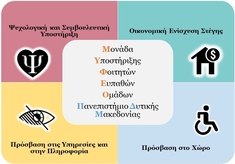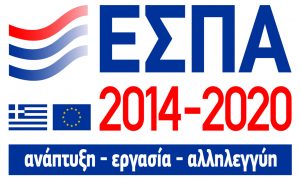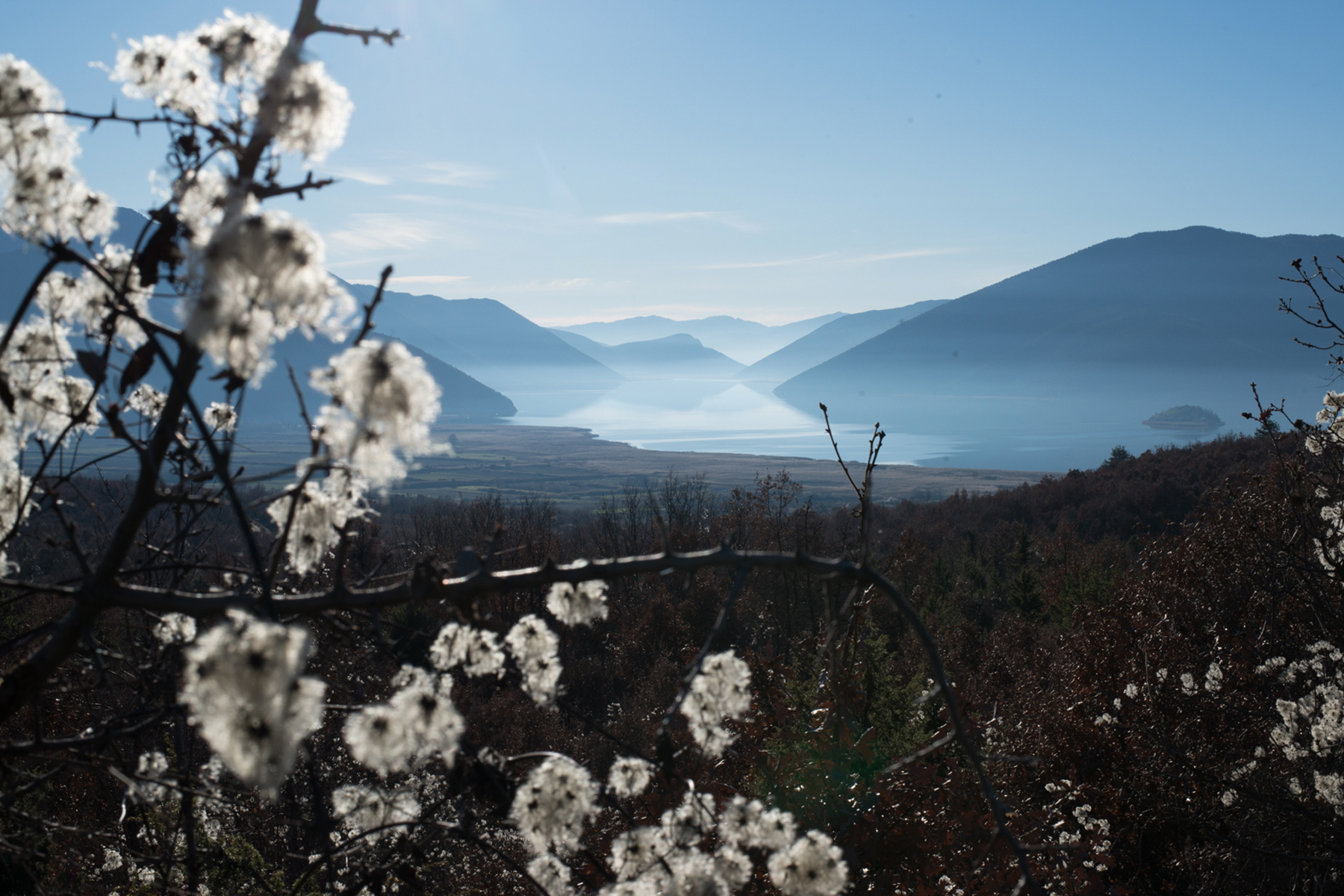Το μάθημα διαπραγματεύεται τον τρόπο με τον οποίο το υλικό σχηματίζει σύγχρονες εικαστικές ιδέες. Το υλικό, μέσα από την ιστορική του εξέλιξη σχημάτιζε εικαστικά αντικείμενα μέσα από τα υλικά τους συστατικά. Στη σύγχρονη εποχή, ωστόσο, έχει αποδεσμευτεί από την απλή εφαρμογή κανόνων και αποτελεί μέρος του πεδίου έρευνας του κάθε καλλιτέχνη. Το μάθημα, προσεγγίζονται υνδυαστικά από τέσσερεις διδάσκοντες που καλύπτουν διάφορες περιοχές της σχέσης του υλικού με την εικαστική έκφραση σε ένα σύγχρονο πλαίσιο.
Βιβλιογραφία
Ντάντο, Άρθουρ (2013). Τι είναι αυτό που το λένε Τέχνη (μτφρ. Γιάννης Παππάς). Αθήνα: Μεταίχμιο
Thompson Daniel V. (1998). Οι Τεχνικές και τα υλικά της μεσαιωνικής ζωγραφικής, εκδόσεις. Αθήνα: Αρμός.










